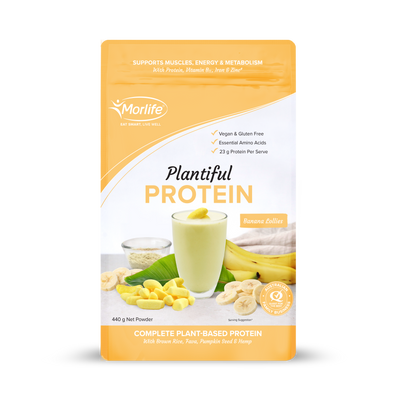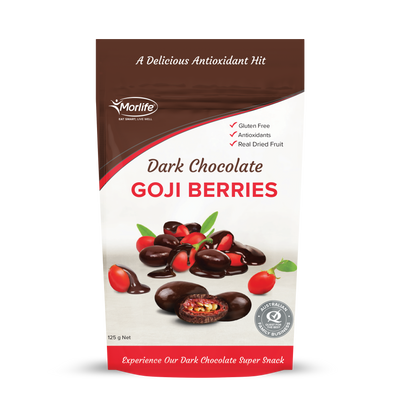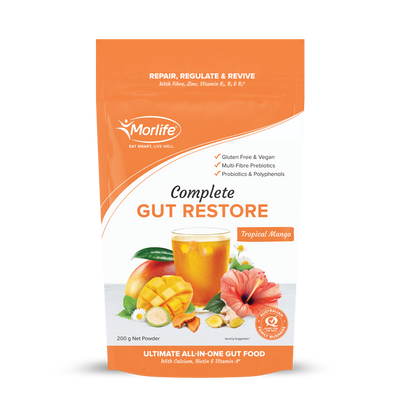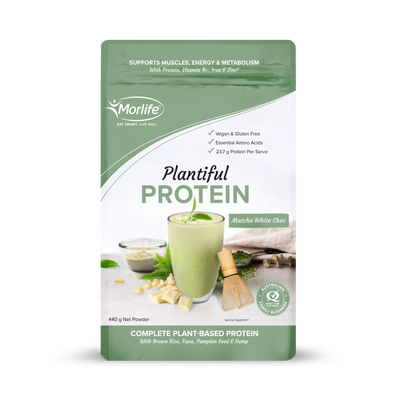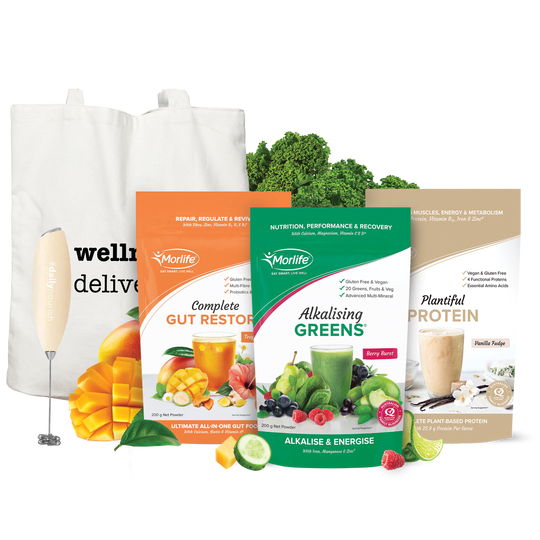Embrace an Alkaline Diet This Spring

If you’ve been following us for a while now, you would have heard us preach about our Alkalising Greens®, which may lead to the question, what is alkalising and what does it mean to be alkaline?
To explain the alkaline diet, we first need to explain acid-alkaline balance. This is used to describe different pH levels. The pH scale is a measure of how acidic or alkaline a liquid is. This scale ranges from 0 to 14. The pH of 7 is ‘neutral’, all values below 7 are ‘acidic’ and all values above 7 are ‘alkaline’.

When we eat, our food is broken down during digestion and after digestion it leaves either an acid or alkaline residue. Our body cells maintain an acid-alkaline balance, known as a pH. Regulation of pH within the body is absolutely essential for life, in the same way that our body regulates body temperature. When acid-alkaline balance is optimal, oxygen is transported to our tissues and enzymes remain active, which speeds up reactions in the body in order for our cells to carry out essential functions.
Although our body is working constantly to maintain its optimal pH within body fluids, as we age or are under stress, a decline in organ function can make it more difficult to eliminate acids. The kidneys eliminate acids as urea in urine, whilst acids are eliminated as carbon dioxide by the lungs. Therefore, if you have decreased kidney or lung function, this can significantly affect your body’s ability to get rid of excess acids. Some medications can also contribute to decreased acid removal. The constant bombardment of acid on our body can leave us feeling far from good and if we exhaust our regulatory system resources, wellness can be lost.
So, how can you eat an alkalising diet? As mentioned above, during and after digestion, food leaves either an acid or alkaline residue. Unfortunately in today’s modern society, the cause of an acidic body state is often due to consuming a diet high in processed foods and protein whilst being too low in fruits and vegetables.
It’s important to consider that although foods may be acidic on the pH scale, (for example lemon which has a very acidic scale of 2), it does not mean that it is acidic in the body. When a meal reaches our stomach, our stomach acid which is a pH of around 2 mixes with our food, making the stomach contents acidic. When this enters the small intestine, the pH level will rise (become more alkaline) for digestive purposes.
After digestion, nutrients are absorbed and metabolised. The products of metabolism can be either acidic or alkaline and it is these end products that are the compounds that can slightly affect blood pH levels[1]. Remember the acidic lemon? After absorption and metabolism, lemon juice actually leaves an alkaline residue!
Now that we’ve established that foods can leave alkaline or acidic end products in the body, let’s have a closer look at what foods leave these end products.
|
Alkaline forming |
Acid Forming |
|
Foods are typically high in the minerals potassium, calcium and magnesium and are low in protein and salt[2],[3]. Examples are: green vegetables, green superfoods and fruits3 (kale, spinach, broccoli, wheat grass, barley grass, chlorella & spirulina) Examples of alkaline forming fruits are lemon, lime, pineapple and apple. |
Foods such as cheese, meat, fish and grain products3. The acid potential is mostly due to their protein content. After metabolism, the sulphur and phosphorus within the protein causes acidic production. |
[1] Buclin, T., et al. “Diet acids and alkalis influence calcium retention in bone. “Osteoporosis International 12.6 (2001): 493-499.
[2] Pizzorno, Joseph, Lynda A. Frassetto, and Joseph Katzinger. “Diet-induced acidosis: is it real and clinically relevant?.” British journal of nutrition 103.8 (2010): 1185.
[3] Remer, Thomas, and Friedrich Manz. "Potential renal acid load of foods and its influence on urine pH." Journal of the American Dietetic Association 95.7 (1995): 791-797.

